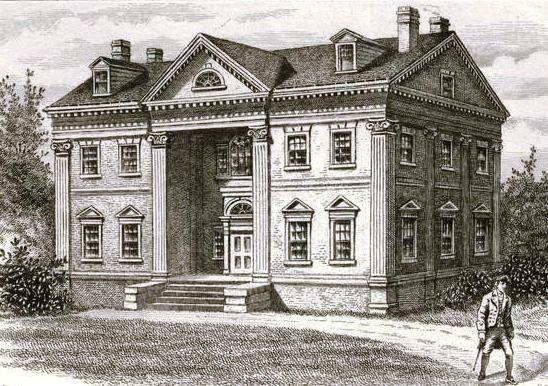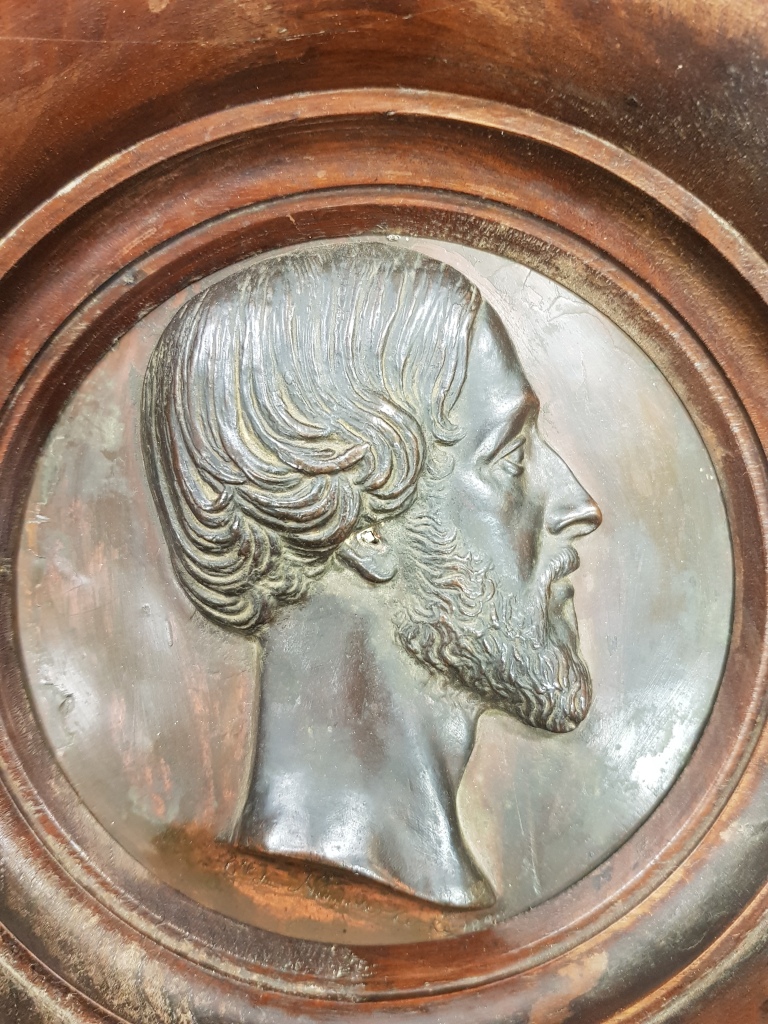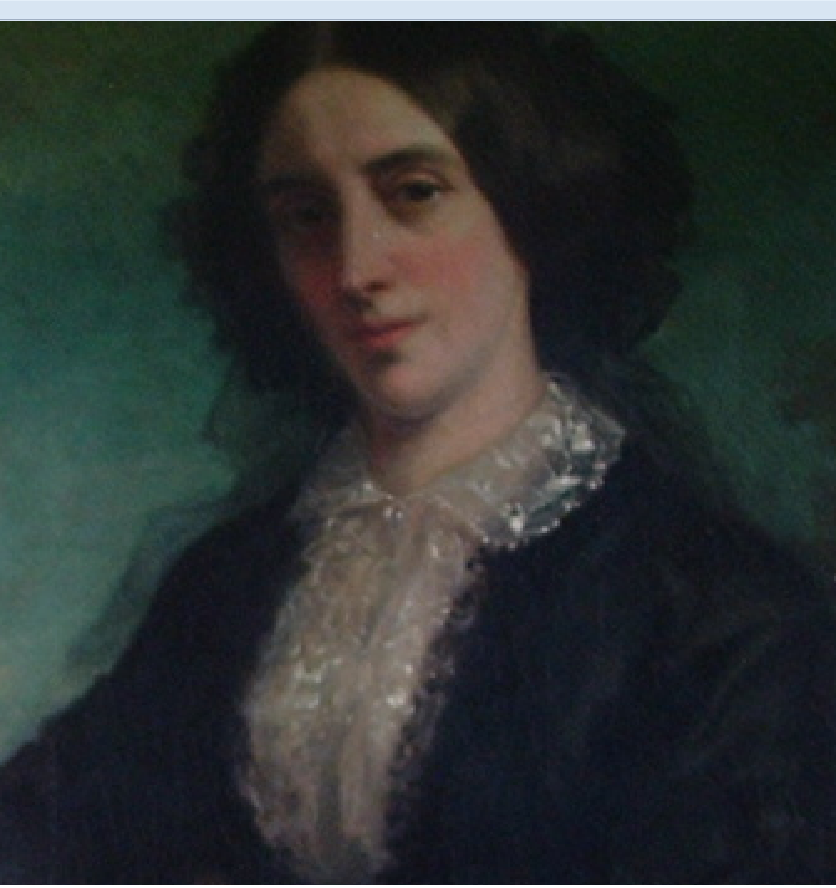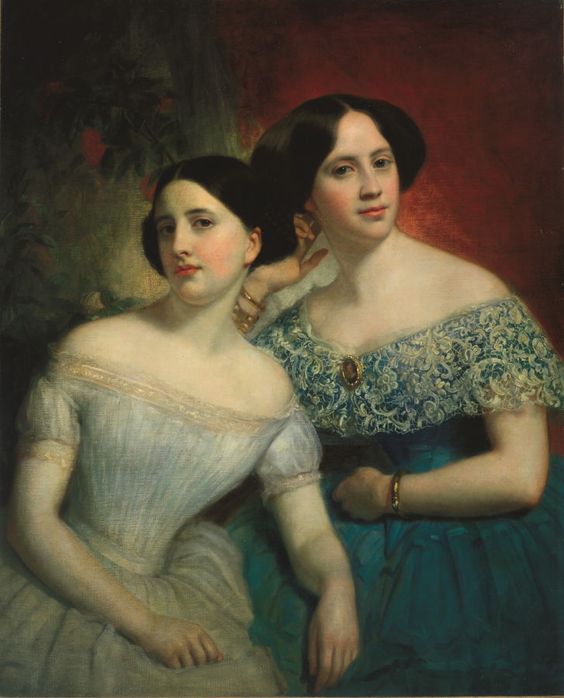Throughout this process, I want to spend some time detailing specific homes and their architecture. So much history is to be unearthed from ‘place’, and I feel that in order to honour past lives, it’s necessary to visit the homes they built to value the lives they lived in them. The ghosts of lives and homes past is very much in the front of my mind throughout this journey because the physical manifestation of where we centre our family and our heart – our physical roots – evoke memories, and memories are what the history of our world, our very existence is constructed upon. There is an undeniably strong metaphysical aspect to this labour of love, which relate back to the big contemplation of life.

Colonel Thorn inherited Apthorp Manor and Farm (also known as Elmwood) from his uncle-in-law, William Jauncey. The property was originally three hundred acres of prime Upper West Side land, including a mansion known as the finest in the region. It had originally been owned by wealthy New England merchant, Charles Apthorp (formerly of Boston). The property included a couple of lanes, which extended into what we now know as Central Park (the Boston Post Road), and is how the family lore about owning Central Park evolved – some truth, some exaggeration.
In the 1776 Battle of Harlem Heights, Apthorp Manor was used by the American Patriots as a headquarters while they plotted against the English. George Washington is said to have been based there, planning his movements. Then, as the Patriots were pushed further north, the English took over for the duration of the British occupation of the city (1783).

After the war, ownership of the mansion passed through several hands, including to Alexander Hamilton’s daughter-in-law, and John Jacob Astor 111.
William Jauncey purchased the mansion in 1799, and the remaining land that had not been sold off. Displeased by his niece’s elopement with Herman Thorn, he insisted that the property should be left to Jane Mary and Herman’s son on his death, but only if the boy changed his name from William Thorn to William Jauncey Thorn. There are many court documents online pertaining to this process. William Jauncey senior, a bachelor, was determined to bypass Herman Thorn and preserve the Jauncey name. However, as you will have seen in the post about the Thorn children, William Jauncey Thorn (Jr) died before reaching his majority, and Herman went secured the inheritance anyway.

In some ways it is a lesson on trying to control life from beyond the grave. William Jauncey took every step possible to ensure Herman was cut out of his will, and yet within a few months of his death, Herman and Jane Mary moved into Apthorp Mansion to live. Perhaps William Jauncey recognised Herman for the spendthrift that he was going to become, or perhaps the old man was motivated by the desire to leave a legacy with the Jauncey name attached to it. Whatever the case, his attempts failed.
The property began to be known as “Colonel Thorn’s Elm Park”, and Thorn was known for tooling “his four-in-hand through the old lanes”. But when the family moved to Paris in the 1830’s, part of their estate was leased for horse racing.
When Thorn returned to New York in 1846, he may have lived there again until his new mansion on 8 west sixteenth street was built in 1849. As yet, I have not been able to determine the veracity of that. I do know that he lived for a while in Founding Father, Alexander Hamilton’s residence, The Grange.

In her book, As I Remember – recollections of American Society during the nineteenth century, Marian Gouverneur writes:
Alexander Hamilton and family also owned and occupied a house in this charming suburb called “The Grange.” It was subsequently occupied by Herman Thorne, who had married Miss Jane Mary Jauncey, a wealthy heiress of New York. He lived in this house only a few years when he went with his wife to reside in Paris during the reign of Louis Philippe. Mr. Thorne became the most prominent American resident there and] excited the envy of many of his countrymen by his lavish expenditure of money. His daughters made foreign matrimonial alliances. He was originally from Schenectady, for a time was a purser in the U.S. Navy, and was remarkable for his handsome presence and courtly bearing.
The Grange, a two storey, federal style home, is now a historic monument.
The Apthorp mansion, built on Apthorp farm in 1774, has been described as “a spacious edifice with Corinthian columns”. Another accounts says, “its recessed portico, Corinthian columns, corresponding pilasters, and high arched doorway at the middle of the house opening into a hall wide enough for a cotillion party, gives it an aristocratic air even now, with its weight of years and interesting associations.”
Aside from its physical attributes, the home during Thorn’s time was remembered for the busy comings and goings of friends and family. [more coming]
Location:
For those who are interested in the precise location of places, Jauncey Lane (aka Apthorp Lane) no longer exists but it was: “A road existing prior to the American Revolution connecting the Bloomingdale Road and the Eastern Post Road. It began west of the present West End Avenue, crossed the Bloomingdale Road between 93rd and 94th Streets, and met the Eastern Post Road near the present 96th Street and Fifth Avenue. Later known, at least in part, as Jauncey Lane and Turin Lane.”
There was also a Jauncey Lane on Wall Street named after William Jauncey that was located at “the rear of Nos.37, 39 & 41 Wall St.”
Just as a note:
New York City directories include Herman Thorn between 1815 and 1829 as residing at 24 Broadway; in 1829-30 in Bloomingdale; in 1846-47 at 15 Laight St.; and from 1849 to 1859 at 8 W. 16th St.
In close proximity to the last mentioned place, and the point where Ninety-second Street, formerly known as Jauncey Lane, intersects the Grand Boulevard, was located the elegant and expensive country seat of Colonel Thorne, one of the most dashing- men of his generation.
His fine physique and courtly bearing were proverbial. During many years of his fashionable career he resided perma- nently at Paris, and was one of the prominent notables of that gay metropolis during the reign of Louis Philippe.
In early life Col. Thorne married Miss Jauncey, a wealthy heiress, whose family ranked high among the Knickerbockers. This pretentious home was situated in an enclosure of many acres, thickly studded with majestic elms.
Many of the trees still stand ; the elaborate, highly-furnished house is fast going to decay, and the name of Elm Park, the scene of many aristocratic entertainments, is now only associated with lager beer, target excursions, and cheap summer balls.
Burnham’s Mansion House! Thousands of middle-aged men and women can to-day recall the many gambols they enjoyed in childhood on Burnham’s lawn ; they cannot fail to remember with vividness the smile of welcome they received from the kind old host and his motherly wife, who were always at the door to *’ welcome the coming, speed the parting guest.”














Leave a comment